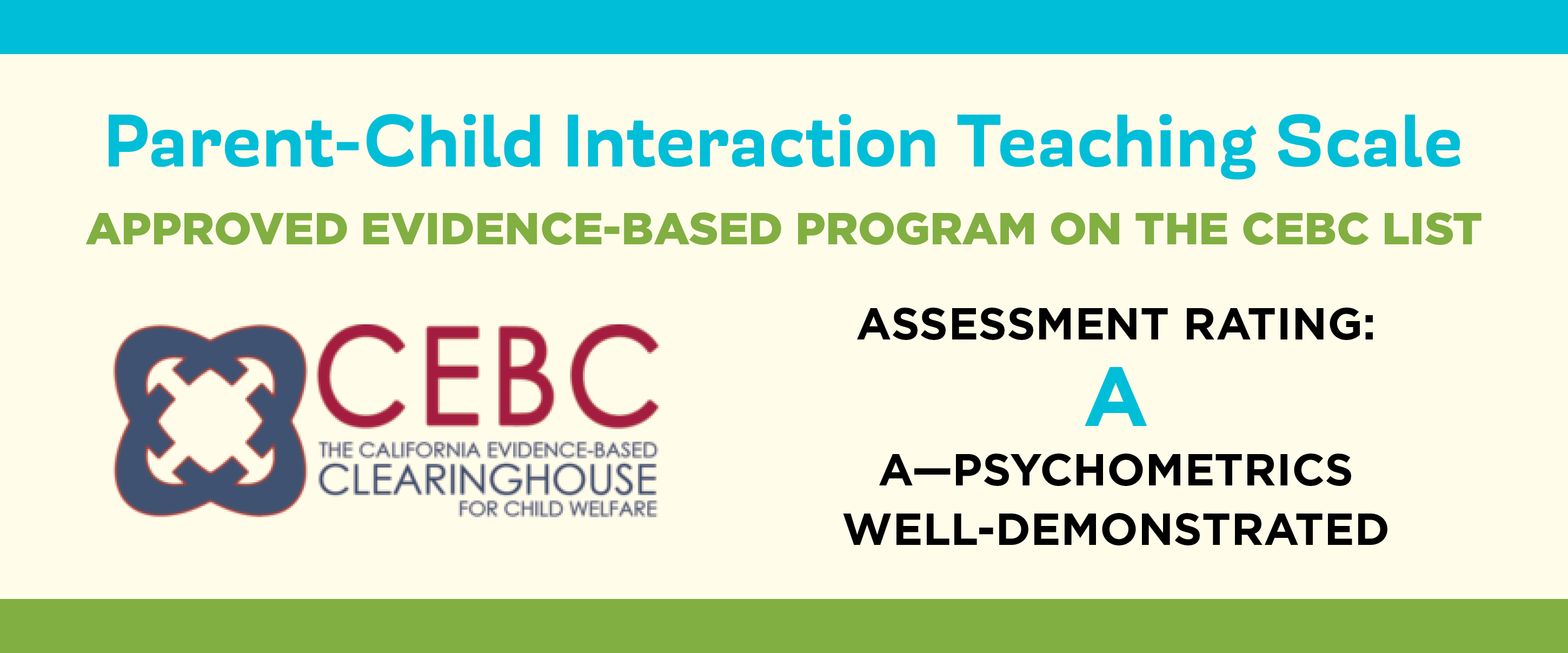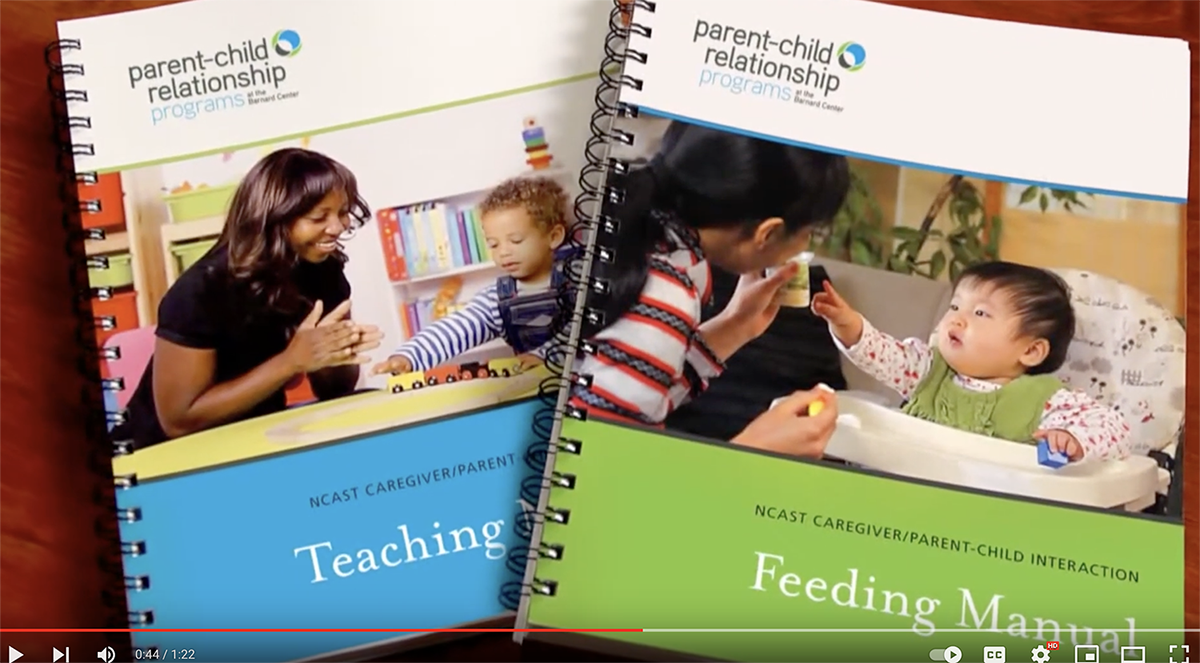Parent-Child Interaction (PCI) Feeding and Teaching Scales
Valid and reliable assessments for measuring parent-child interaction with an extensive body of research across disciplines.


The PCI Teaching Scale is an approved evidence-based program!
Valid and reliable assessments for measuring parent-child interaction with an extensive body of research across disciplines
A well-developed set of observable behaviors that describe caregiver/parent child interaction in either a feeding or teaching situation
Excellent pre and post measures to document intervention effects for clinicians and researchers
Scales which have been used in hundreds of studies and published in peer-reviewed scholarly journals
The PCI Scales gives the provider a new lens with which to see the strengths and opportunities for growth in the parent-child relationship.
It also gives concrete areas to guide intervention.
The scales measure change in the parent-child relationship.
How the PCI Scales are used

After completing training in the Feeding and Teaching scales and achieving reliability, there are several ways the PCI scales can be used to support your work with families.
These scales can be used to give feedback on a caregiver’s strengths in interacting with their young child. For example, a caregiver who responds to their child in contingent ways is contributing to their child’s safety and security in the world and helping to grow their social, emotional, and cognitive skills.
These scales can also be used to support caregiver’s experiencing challenges. For example, a feeding scale done in the first weeks can give you and the caregiver an important window into the caregiver-child relationship to support positive feeding experiences.
The PCI scales are also used widely in research with children birth to three and their families.
These scales are used worldwide (Canada, United States, Japan, South Korea, Australia, and New Zealand) to support the work that nurses, social workers, psychologists, and many other professionals are doing with children birth to three and their caregivers.
Our Numbers
21,950
Learners
244
Peer Reviewed Studies
13
Countries
45
Years of Impact
Questions?
Please give us a call
We look forward to talking with you!
-
Phone
206-543-8528
-
Business hours
Monday – Friday
7:30am – 4pm
-
E-mail
pcrp@uw.edu
-
Mailing Address
Parent-Child Relationship ProgramsUniversity of Washington - Box 357231
Seattle, WA 98195-7231
-
Office Address
Parent-Child Relationship ProgramsUniversity of Washington
Health Sciences Building F-346
Seattle, WA 98195-7231
Prefer exploring on your own?
Check out our FAQ section
for answers to common questions
WE WANT TO CONNECT WITH YOU!
Feel free to fill out our contact form or call us at 206-543-8528

